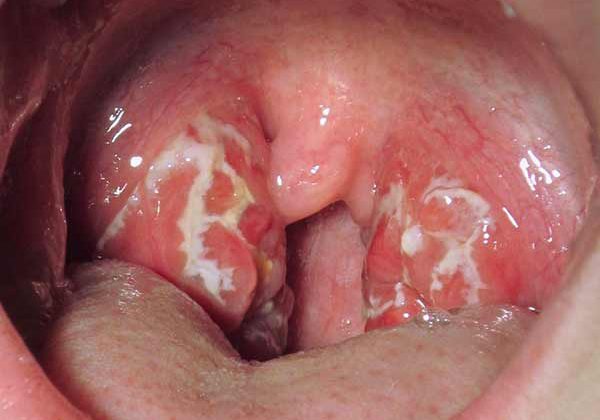Exercise Significantly Cuts the Risk of Death from Cancer
Large Roswell Park study finds that cancer patients who engage in regular physical activity live longer

 New research out of Roswell Park Comprehensive Cancer Center shows that cancer patients who exercise regularly both before and after their diagnosis are significantly more likely to survive than those who are sedentary, adding to the growing body of evidence that physical activity is an important part of a cancer prevention and treatment strategy. The results were published in a recent issue of the journal Cancer Causes & Control.
New research out of Roswell Park Comprehensive Cancer Center shows that cancer patients who exercise regularly both before and after their diagnosis are significantly more likely to survive than those who are sedentary, adding to the growing body of evidence that physical activity is an important part of a cancer prevention and treatment strategy. The results were published in a recent issue of the journal Cancer Causes & Control.
A physically active lifestyle can help reduce the risk of many diseases, including breast and colon cancer, but surprisingly few studies have investigated the link between regular physical activity and cancer outcomes across multiple disease sites. This large study demonstrates the potential value of regular exercise among cancer patients and survivors, regardless of age, weight, smoking status, or cancer type and stage, and is one of the first to examine the beneficial effect of regular physical activity before and after a cancer diagnosis across many different cancer types.
A team of Roswell Park researchers led by Rikki Cannioto, PhD, EdD, Assistant Professor of Oncology in the Department of Cancer Prevention and Control, examined the impact of exercise both before and after a cancer diagnosis for 5,807 patients enrolled in the Data Bank and BioRepository (DBBR), a shared resource at Roswell Park directed by Christine Ambrosone, PhD, Chair of Cancer Prevention & Control and senior author of the study. Established in 2003, the DBBR obtains extensive clinical and epidemiologic data from newly diagnosed cancer patients, including age, weight, lifestyle and exercise habits.
The patients included in this study were diagnosed with a wide range of early- to late-stage cancer types, including breast, prostate, hematological, lung, colorectal, kidney, esophageal, bladder, ovarian, endometrial, pancreatic, liver, stomach, sarcoma, head and neck, cervical, thyroid, testicular, brain, and skin cancer. The researchers examined the association between cancer outcomes and recreational physical activity in this group, with particular attention to the weekly frequency, intensity, duration, and type of exercise performed in the decade before the cancer diagnosis as well as the weekly frequency of exercise within one year of their diagnosis.
The results clearly showed that patients who exercised regularly both before and after their cancer diagnosis had a significantly decreased risk of death in comparison to patients who were sedentary. Specifically, patients who exercised three or four times a week both before and after their diagnosis saw the greatest survival advantage (40%), but those who exercised only one or two times per week also had significantly better outcomes compared to inactive patients, suggesting that any amount of regular, weekly activity is better than inactivity. The strongest link between exercise and reduced risk of death was seen across eight cancer types: breast, colon, prostate, ovarian, bladder, endometrial, esophageal and skin cancer.
“These data solidify the importance of the message that when it comes to exercise, some weekly activity is better than inactivity,” says Dr. Cannioto, first author of the study. “Our research also demonstrated that low-to-moderate weekly exercise is associated with significantly improved survival, which is particularly encouraging given that cancer patients and survivors can be overwhelmed by the current recommendations of at least 30 minutes of daily moderate-to-intense physical activity.”
Importantly, the researchers found that the improvement in survival was strong even for patients who began exercising only after being diagnosed with cancer, suggesting that a cancer diagnosis can serve as an impetus for healthy behavior changes in some patients. “Patients who reported never doing any type of exercise until they were faced with a cancer diagnosis cut their risk of death by 25% to 28% compared to those who remained inactive,” adds Dr. Cannioto. “Our research shows that it’s never too late to start an exercise program.”
Remarkably, the strong association between physical activity and a decreased risk of death held across the entire group of patients regardless of age, sex, body mass index, smoking status, or stage of cancer, suggesting that physical activity is an independent, modifiable predictor of survival. “This is good news for all cancer patients,” says Dr. Ambrosone. “This research, from a study including thousands of patients diagnosed with a variety of malignancies, shows that being active can not only increase quality of life, but also improve survival.”
Source Newsroom: Roswell Park Comprehensive Cancer Center




